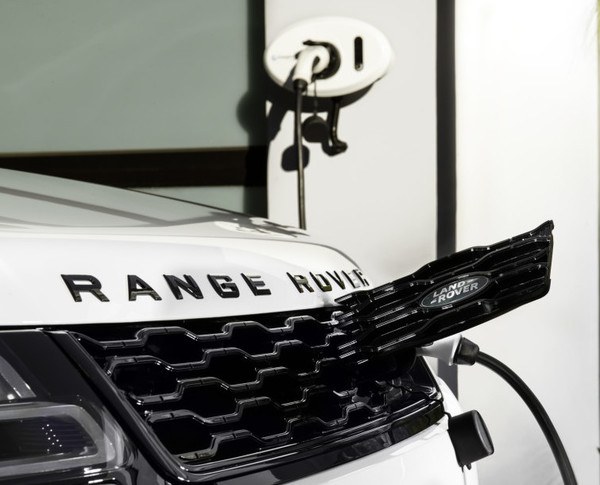
New Range Rover Sport hybrid pushes 640 Nm torque from 2-litre petrol engine and electric motor combo

Land Rover South Africa has just announced that as from the 2019 model year, its popular high-end Range Rover Sport, will also be available as a hybrid with a 221kW 4-cylinder Ingenium petrol engine augmented by a 85kW electric motor powered from a lithium-ion battery.
Although dwarfed by its V6 and V8 siblings, the Ingenium is no pussycat, pushing out total available power of 297kW through its permanent four-wheel drive system. The drive train works through an eight-speed automatic transmission.
Modelled as the P400e plug-in hybrid, this ultra-refined SUV relies on both its petrol engine and its electric motor, to sense optimal driving settings ranging from city commuting to rough offroad conditions. Using only its electric motor, the P400e’s endurance reaches only 51 kilometres but Land Rover pointed out that this is sufficient for most city commutes. Recharging in slightly over 7 hours, it is a practical alternative to the usually punitive fuel consumption of a large luxury SUV.
However, Land Rover warned that driving in serious offroad conditions, wading with only the electric motor running, is not advised as water may enter the exhaust pipe.
Described as the most efficient Range Rover Sport to date, the automotive combo accelerates the hybrid from zero to 100kph in just 6.7 seconds, finally capable of pushing it to a top speed of just over 200 kph. “With an impressive 640Nm of torque, the powertrain mixes dynamic and sustainable performance with traditional Range Rover capability, comfort and refinement,” stated Land Rover.
The vehicle’s own intelligent system optimally switches power demand between fuel and electric to deliver an unbelievable 3.2 litre per 100km fuel consumption, as tested under controlled conditions.
The petrol electric combination can be driven either in Parallel Hybrid mode (the default driving mode) or EV (Electric Vehicle) mode.
“In EV mode the P400e can be driven up to 51km with zero-emissions when fully charged. This driving mode is manually selected using a button on the console and gives the new PHEV model a top speed of 137kph [which] will allow drivers to complete most commutes without engaging the petrol engine,” according to Land Rover.
The access point for the 7kW on-board recharging socket is located behind the Land Rover badge in the front grille, with the 13.1kWh prism-shaped lithium-ion battery mounted at the rear beneath the boot. Charging is done from any standard domestic electrical mains.
Charging status is monitored via two illuminated strips that sit either side of the charging socket with colour-coded lights indicating when the battery is fully charged.
Land Rover said the petrol engine and electric motor of the P400e have been calibrated to work in perfect harmony, with two charge management functions available when in Parallel Hybrid mode.
The first, Predictive Energy Optimisation makes the most of both power sources and is activated when the driver enters a destination into the navigation system. By analysing the traffic, gradient of the route and whether it is an urban or rural environment, the PHEV system will seamlessly combine electric and petrol power to optimise efficiency.
The second, the driver-opted SAVE mode is accessed through a touchscreen in the cabin and maintains battery charge at the point of activation. At this point, the vehicle will only use the electric motor once it has replenished enough energy via regenerative braking or charging, allowing the driver to conserve electric power to be used on a specific part of their journey.
“Recognised for its class-leading off-road performance, the new Range Rover Sport builds on this with the P400e, as its electric motor offers greater control of torque from a standstill. This facilitates improved low-speed control and superior pull-away on low-grip surfaces. The low range transmission can also be operated in pure EV mode for near silent all-terrain journeys.”
Land Rover’s Terrain Response 2 technology intelligently and precisely distributes torque from the electric motor, which has no creep speed and maximum torque from zero rpm, to all four wheels giving greater control during low-speed off-road manoeuvres.
Similar to all other Range Rover Sport models, the hybrid has the ability to raise or lower its body for specific driving conditions.












































